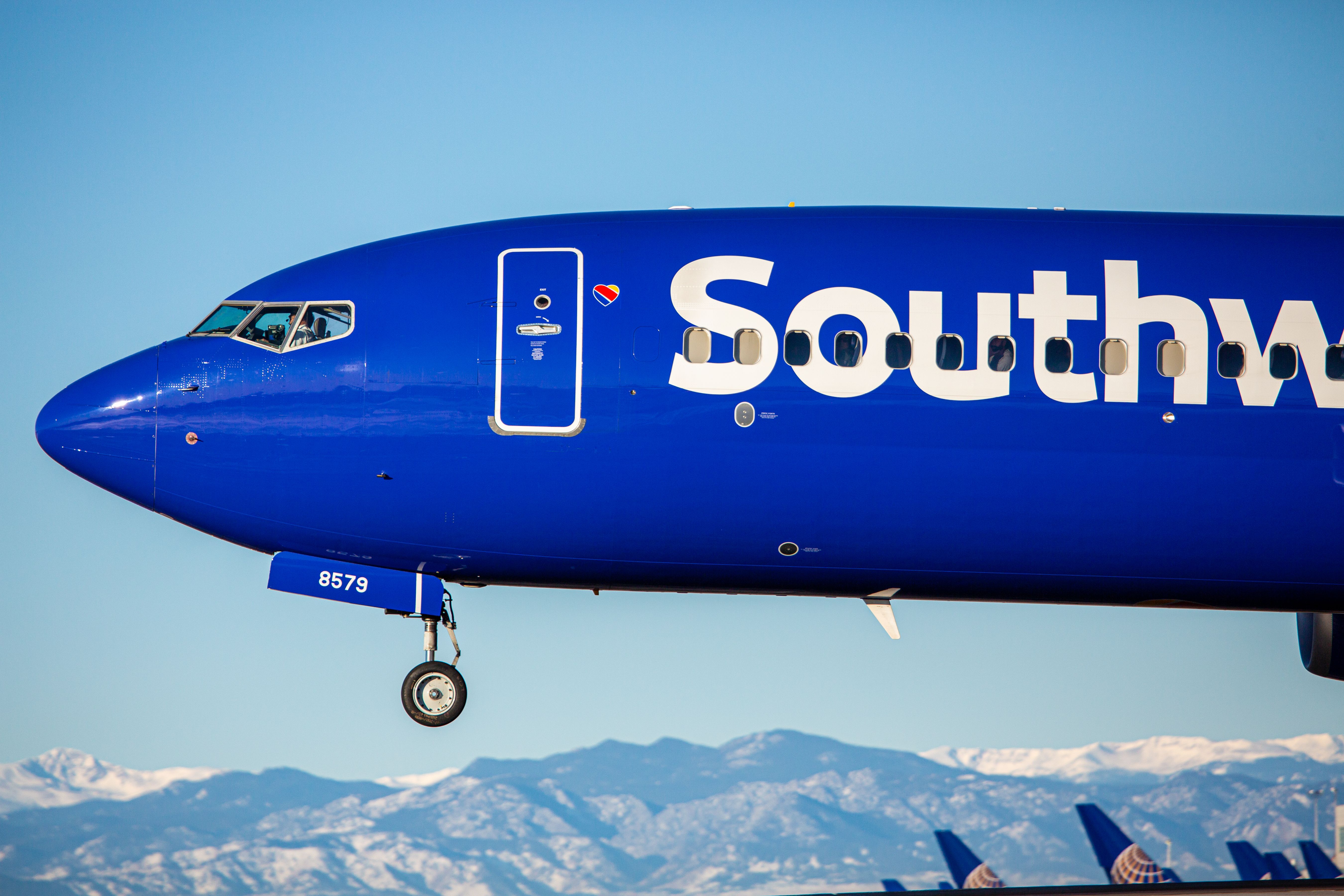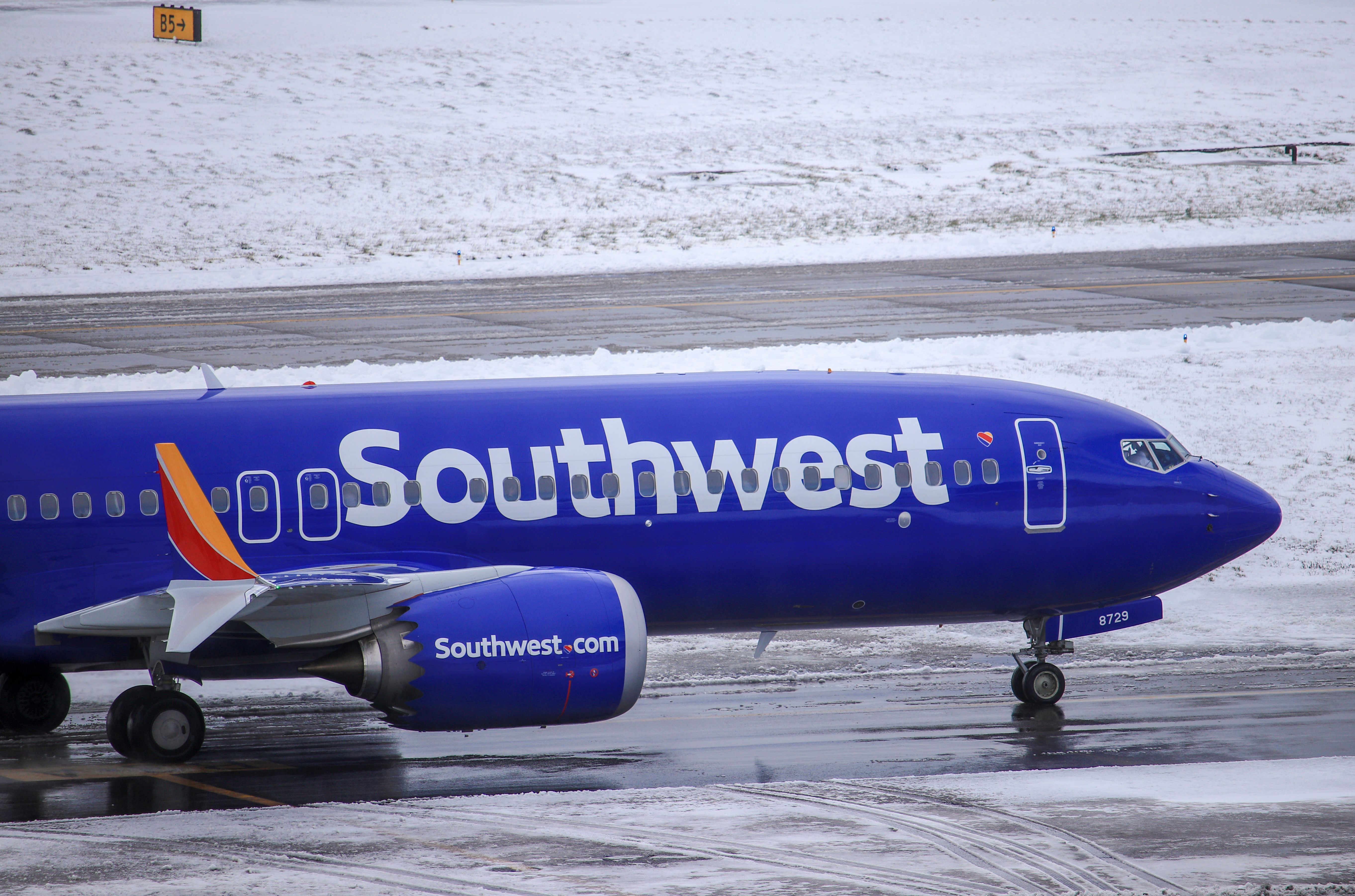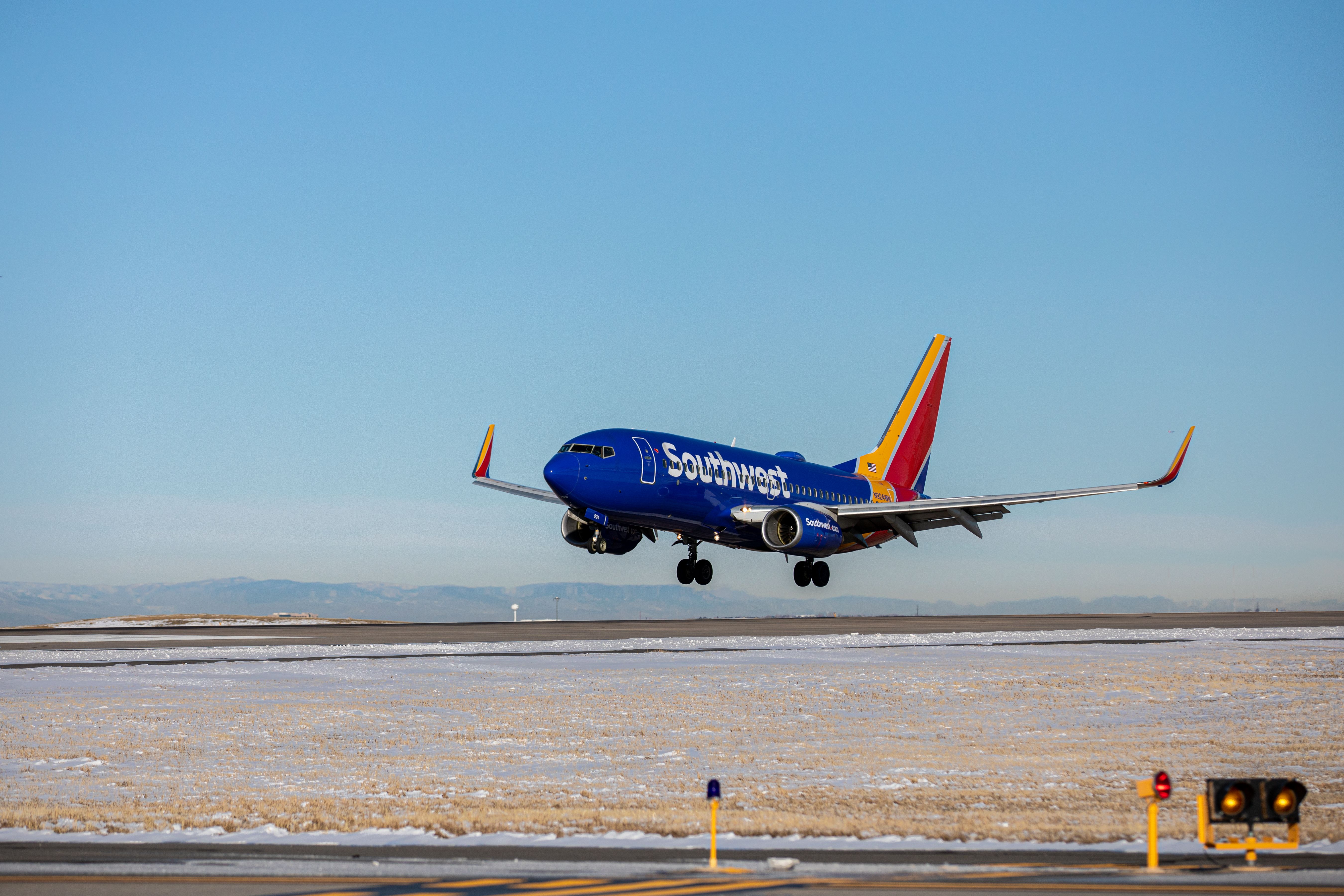Those traveling over the holidays likely heard of the travel chaos that was Christmas 2022. Stories about negative holiday travel experiences can be found concerning every airline this year. However, the name Southwest Airlines continues to come up more than any other in these travel stories. The airline has undoubtedly struggled more than any other this holiday season, canceling most of its flights on certain days. Despite these setbacks, it has assured the public that things are back on track.
Impending disruptions
The week leading up to Christmas saw thousands of flight cancellations due to winter storms across the US. The enormous number of cancelations left airlines in disarray. The chaos was further fueled by the high traffic numbers of passengers traveling for the holidays. The dynamic nature of holiday travel left little room onboard non-canceled flights for passengers whose flights had been canceled. As the number of cancelations grew, so did the number of unhappy, displaced customers.
Most US airlines managed to reroute all of their passengers, even if it took a couple of days. While these storms affected all airlines, some recovered faster than others. Every airline has had its share of unhappy, displaced customers this past week, but none can compare to that of Southwest. At first, Southwest's problems matched the industry's as cancelations began due to winter weather. The difference between Southwest and other airlines is that it did not start to recover from the schedule disruptions once the weather cleared.
Following Christmas, most US airlines' flight schedules got back on track with minimal cancelations, while Southwest's cancelations only continued to grow. On December 26th, the airline canceled roughly 3,000 flights translating to approximately 70% of its scheduled flights. The massive number of cancelations continued to trend within the airline's operations for multiple days, leaving tens of thousands of passengers stranded in airports across the US.
Get the latest aviation news straight to your inbox: Sign up for our newsletters today.
Why did this happen?
Many have wondered how such a large airline could dissolve into chaos in only a week when other large airlines have recovered just fine. The answer is it's complicated. The air transit industry is incredibly complex, with each flight being the result of a thousand variables. As a low-cost carrier, Southwest runs a tight schedule with short turn times between flights, meaning that flights are stacked closely together. When one flight is delayed or canceled, it can trigger a domino effect that disrupts later flight schedules. This happened at every airline, but due to Southwest's tight schedules, it had a larger impact.
The airline has dealt with this inherent problem for years and has learned to work with it. But what it has not dealt with for years is multiple days filled with thousands of cancelations. This domino effect alone under such circumstances is capable of crippling the airline's operations. But this does not explain everything, as many other airlines operate similar schedules but have fared better than Southwest. The next part that must be understood is its overwhelmed system.
Amid the flight chaos, all airline systems were bogged down. Passengers were on hold for hours to get a hold of their airline, and some were stranded in the airport overnight before they could get help due to insufficient staff and the capabilities to handle such a crisis. Although most airlines did manage to eventually sort out the problems as they quickly adapted to the ongoing crisis. On the other hand, Southwest saw its systems fail and still needs to help all its passengers and crew stranded around the country.
Get all the latest aviation news right here on Simple Flying.
What has this done to operations?
The chaos has left many involved scattered and confused. The airline has scrambled for the past week to get every available flight in the air to help alleviate the problem and prevent it from growing further. The airline announced it would be back on track by December 30th. The airline predicts that the majority of its flights will operate as scheduled.
The return to regular operations will likely prevent further complications and hopefully enable the airline to reschedule passengers and get them to their final destinations as soon as possible. The announcement that operations were back to normal came shortly after the Department of Transportation (DOT) announced that it would launch an investigation into the airline's cancelations.
What do you think of Southwest's operations? Let us know in the comments below.




.jpg)